Knate Myers - View From The ISS At Night
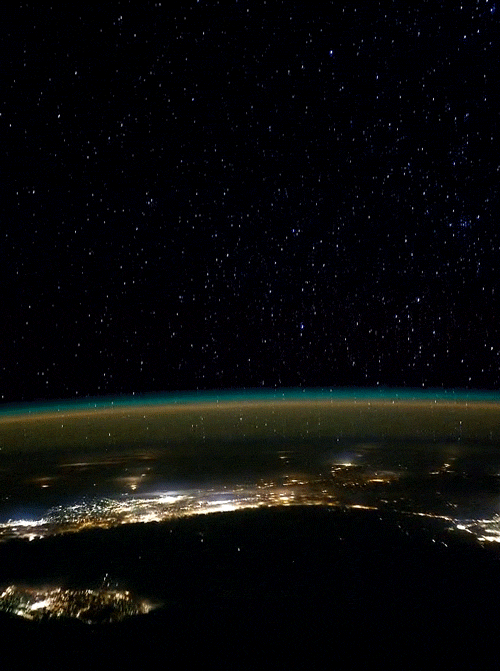
Knate Myers - View from the ISS at Night
More Posts from Astrotidbits-blog and Others
How do we know light is a wave?
Before I answer this question, I’ll need to briefly go over a wave property called superposition. Basically, superposition is the idea that two waves can be in the same position at the same time, and interfere with each other:
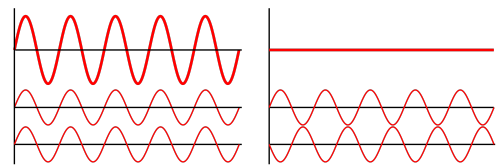
When the two waves add to each other and make a larger wave, we call this constructive interference. When the waves cancel each other out, we call this destructive interference.
Now we’re going to move on to the Double Slit Experiment. Basically, you shine a beam of light at a piece of metal, cardboard, etc with two slits in it, with a surface behind it where you can see the light hit it.
If light is a wave, what we’d expect to see would be an interference pattern created by the light from the first slit interfering with light from the second slit, which is exactly what we see. It’s a pattern of constructive interference (brighter regions) and destructive interference (darker regions), looking like this:
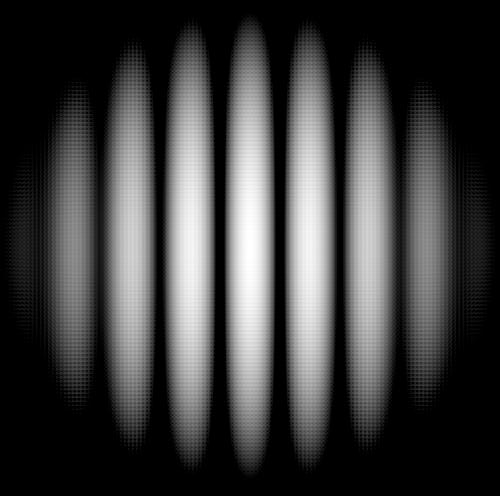
These images are helpful:
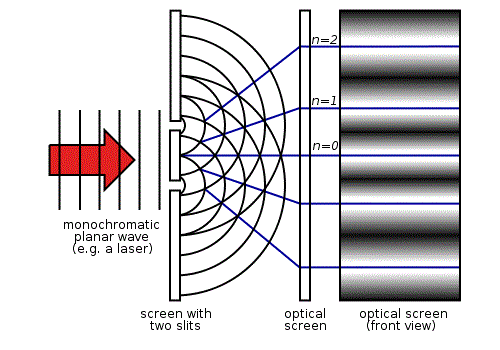
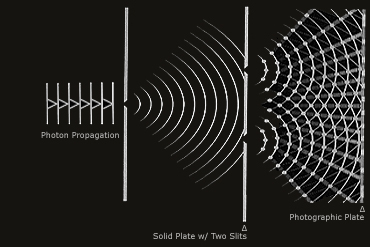
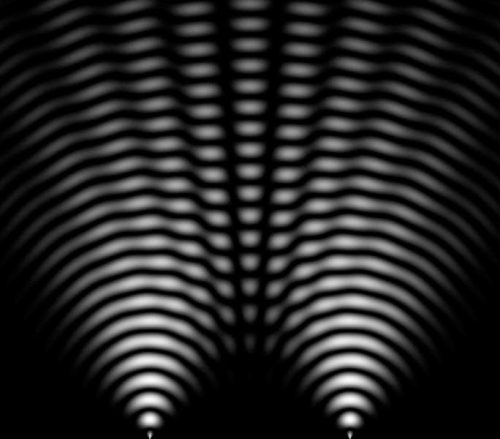
that is how we know light acts as a wave!!
Video: Camera inside a ball of water, in space!
During Expedition 40 in the summer of 2014, NASA astronauts Steve Swanson and Reid Wiseman — along with European Space Agency astronaut Alexander Gerst — explored the phenomenon of water surface tension in microgravity on the International Space Station. The crew “submerged” a sealed GoPro camera into a floating ball of water the size of a softball and recorded the activity with a 3-D camera. (Video: NASA)
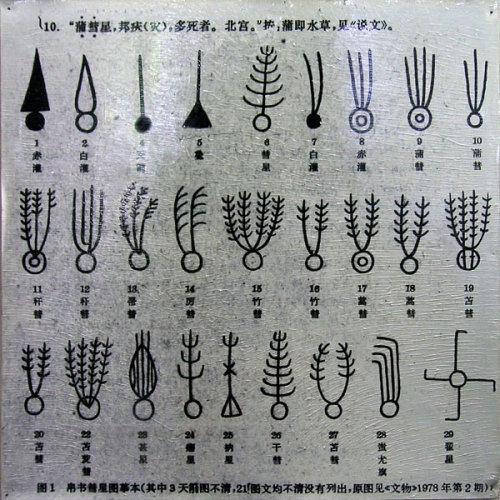
Comet shapes and characteristics from a Chinese silk book (Boshu) written during the Han dynasty (206 BC-22 AD)
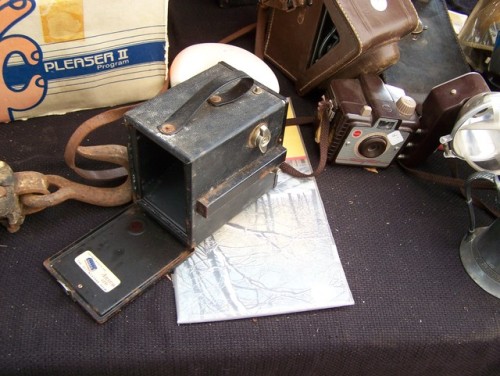
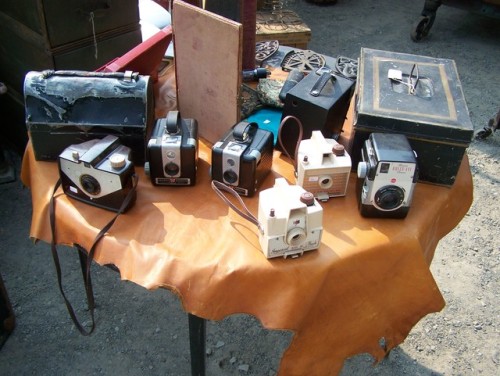
Cameras, cameras, and more cameras. Cameras!

Will it be appropriate to tip “robot handlers,” as when they were “delivery people”? Or will the robots pool their tips, and give their handlers a small cut?
When the wrong yoghurt is delivered two hours late and left dripping in the rain, will it be the robot or the handler who gets fired?
Just askin’.
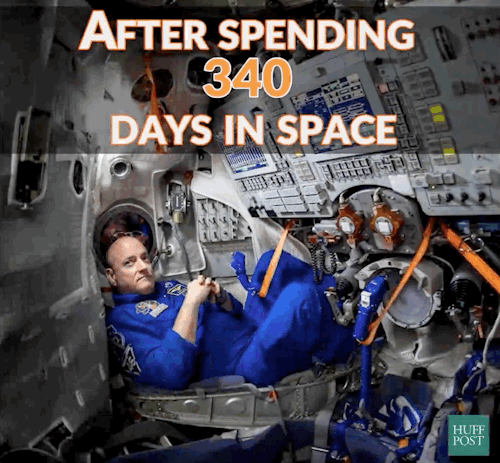
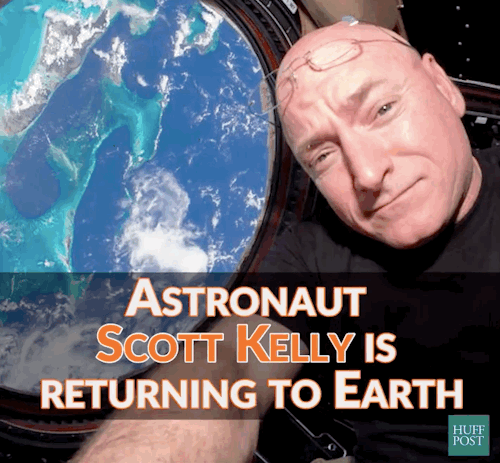
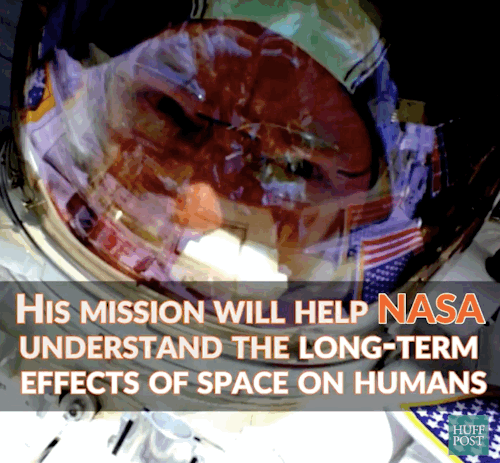
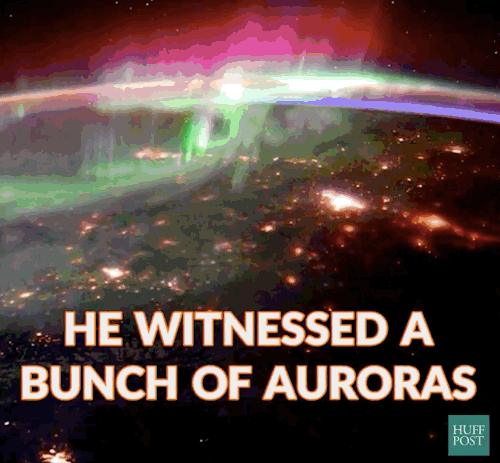
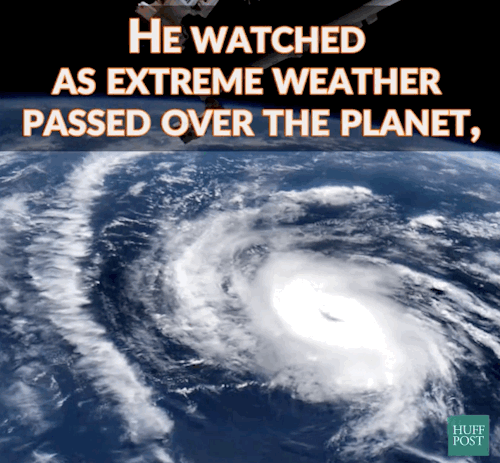
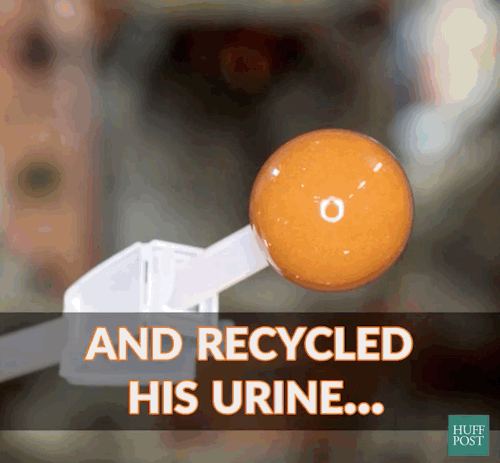
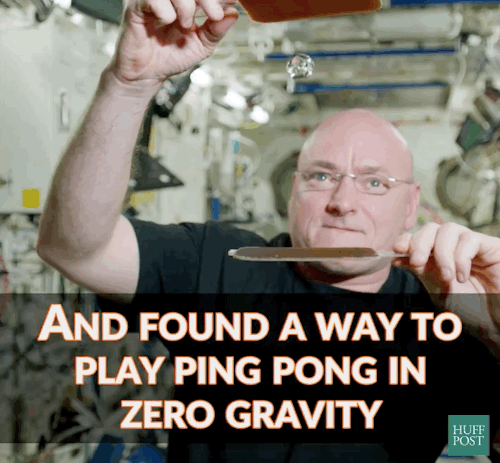
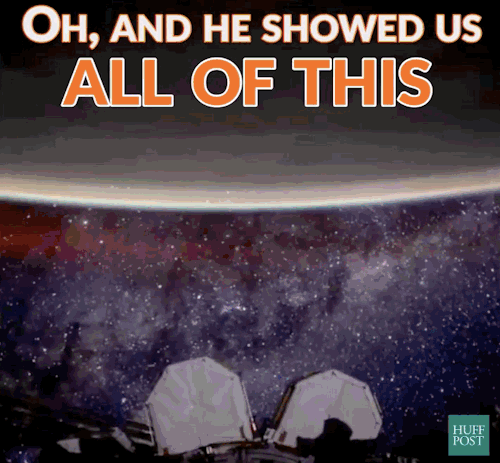

A Look Back At Astronaut Scott Kelly’s #YearInSpace
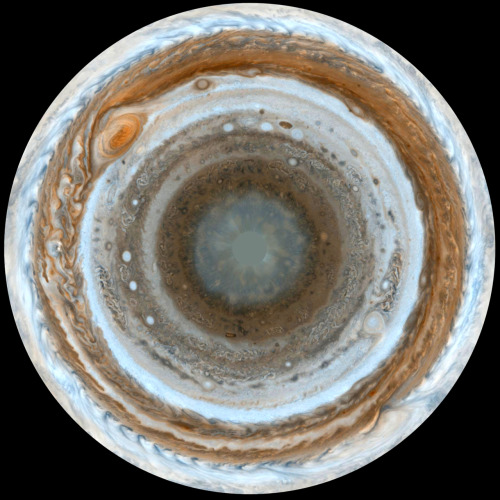
Map of Jupiter’s South
This map of Jupiter is the most detailed global color map of the planet ever produced. The round map is a polar stereographic projection that shows the south pole in the center of the map and the equator at the edge. It was constructed from images taken by Cassini on Dec. 11 and 12, 2000, as the spacecraft neared Jupiter during a flyby on its way to Saturn. The map shows a variety of colorful cloud features, including parallel reddish-brown and white bands, the Great Red Spot, multi-lobed chaotic regions, white ovals and many small vortices. Many clouds appear in streaks and waves due to continual stretching and folding by Jupiter’s winds and turbulence. The bluish-gray features along the north edge of the central bright band are equatorial “hot spots,” meteorological systems such as the one entered by NASA’s Galileo probe. Small bright spots within the orange band north of the equator are lightning-bearing thunderstorms. The polar region shown here is less clearly visible because Cassini viewed it at an angle and through thicker atmospheric haze. Image Credit: NASA/JPL/Space Science Institute
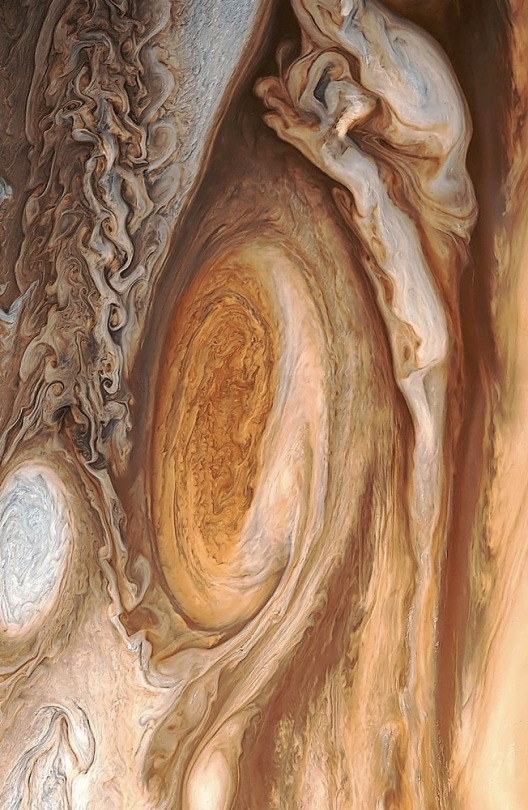
Great Red Spot of Jupiter
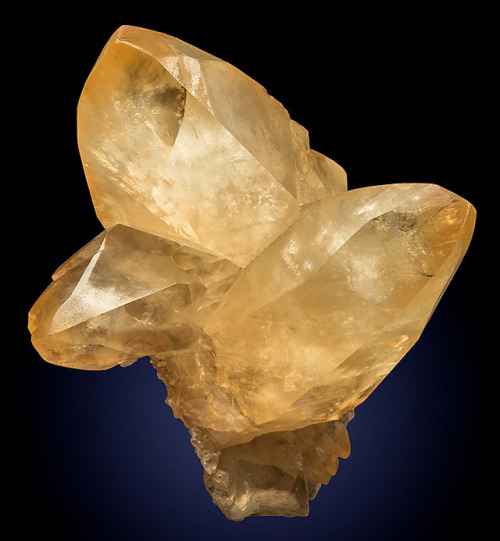
Calcite Cluster on Matrix
Locality: Stoneco Auglaize Quarry (Maumee Stone Co. Quarry), Junction, Paulding Co., Ohio.
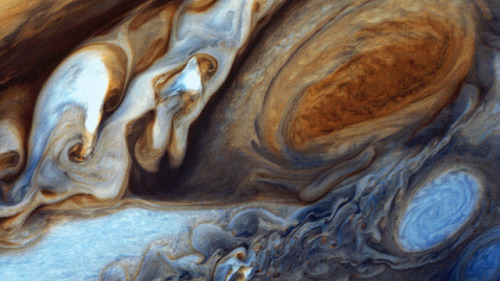
Jupiter’s Great Red Spot as Viewed by Voyager 1 in February, 1979. The Great Red Spot is an anticyclone, three and a half times the size of Earth located in Jupiter’s southern hemisphere. [1920 × 1080]
-
 genesi-rebecchi-19 reblogged this · 2 years ago
genesi-rebecchi-19 reblogged this · 2 years ago -
 azz-8 reblogged this · 3 years ago
azz-8 reblogged this · 3 years ago -
 justoneminuteblog reblogged this · 3 years ago
justoneminuteblog reblogged this · 3 years ago -
 brandyserephina liked this · 3 years ago
brandyserephina liked this · 3 years ago -
 iibattal liked this · 3 years ago
iibattal liked this · 3 years ago -
 shisasan liked this · 3 years ago
shisasan liked this · 3 years ago -
 whtrstrrynight reblogged this · 3 years ago
whtrstrrynight reblogged this · 3 years ago -
 captamd55 reblogged this · 3 years ago
captamd55 reblogged this · 3 years ago -
 resilient9 reblogged this · 3 years ago
resilient9 reblogged this · 3 years ago -
 hajer-1 reblogged this · 3 years ago
hajer-1 reblogged this · 3 years ago -
 1-the1 reblogged this · 3 years ago
1-the1 reblogged this · 3 years ago -
 irmk3 reblogged this · 3 years ago
irmk3 reblogged this · 3 years ago -
 aayyee7 liked this · 3 years ago
aayyee7 liked this · 3 years ago -
 gold77i liked this · 3 years ago
gold77i liked this · 3 years ago -
 aalsalem reblogged this · 3 years ago
aalsalem reblogged this · 3 years ago -
 elbuengoozy liked this · 3 years ago
elbuengoozy liked this · 3 years ago -
 amh96 reblogged this · 3 years ago
amh96 reblogged this · 3 years ago -
 eerror403 reblogged this · 3 years ago
eerror403 reblogged this · 3 years ago -
 e98ee reblogged this · 3 years ago
e98ee reblogged this · 3 years ago -
 samar-1997x reblogged this · 3 years ago
samar-1997x reblogged this · 3 years ago -
 ahmadn187 liked this · 3 years ago
ahmadn187 liked this · 3 years ago -
 a4j liked this · 3 years ago
a4j liked this · 3 years ago -
 a4j reblogged this · 3 years ago
a4j reblogged this · 3 years ago -
 hr-11 reblogged this · 3 years ago
hr-11 reblogged this · 3 years ago -
 vintageme liked this · 3 years ago
vintageme liked this · 3 years ago -
 4ziiz reblogged this · 3 years ago
4ziiz reblogged this · 3 years ago -
 4ziiz liked this · 3 years ago
4ziiz liked this · 3 years ago -
 t3dd reblogged this · 3 years ago
t3dd reblogged this · 3 years ago